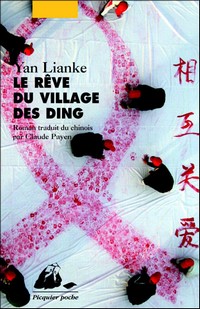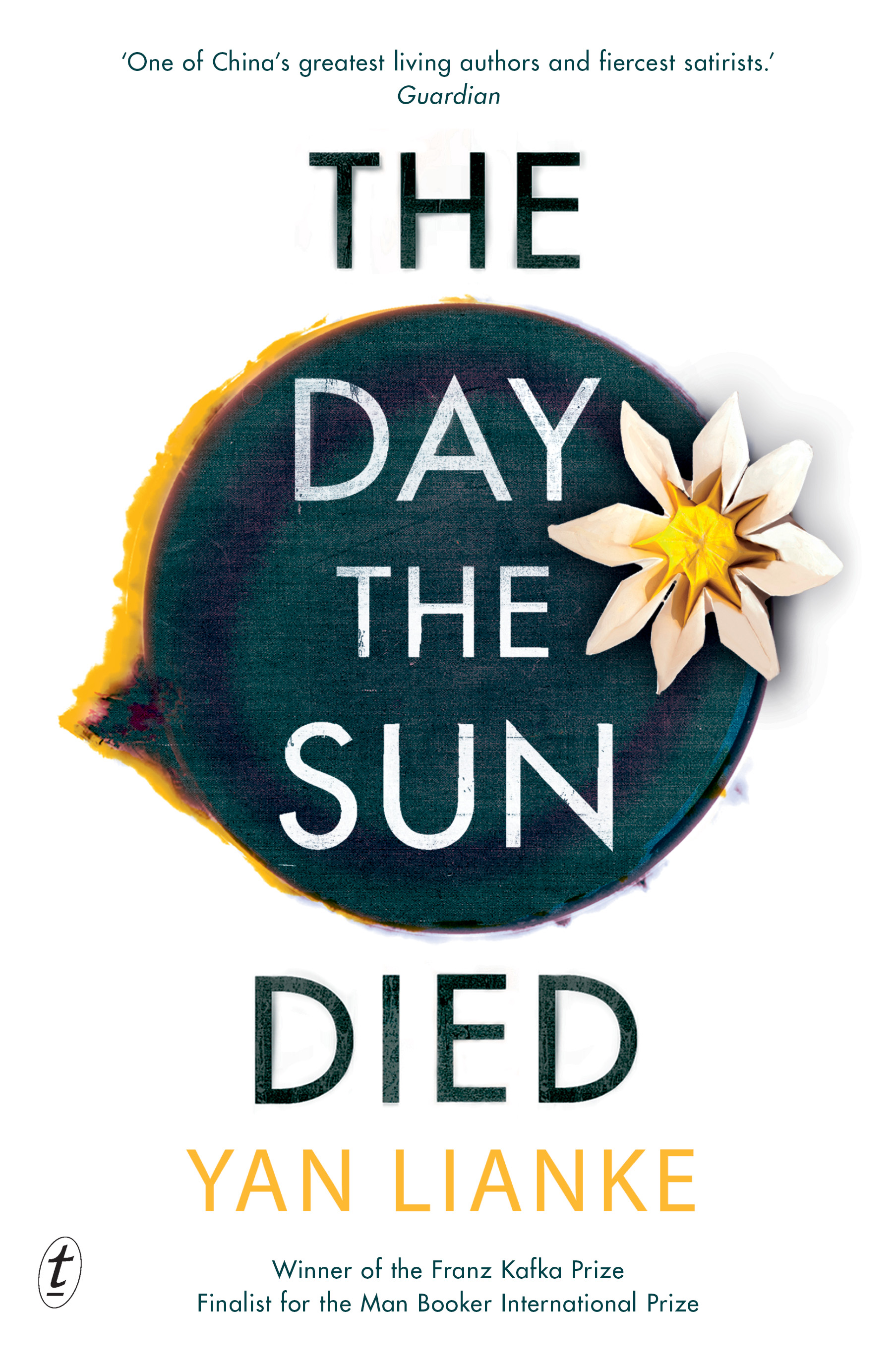
Jiqiao yu linghun: Yan Lianke dushu biji. Shanghai: Shanghai Literature and Art Publishing House. Dream of Ding village (Cindy Carter, Trans). Introduction: Historicizing postmodernist fiction. Geming shidai de aiyusi-lun Yan Lianke de xiaoshuo. The sublime figure of history: Aesthetics and politics in twentieth-century China. Charlottesville: University of Virginia Press. Trauma and survival in contemporary fiction. Shenhua, qingdian, baoli ji qita-Yan Lianke xiaoshuo meixue tezheng lun. Fengdian yu wenming: dingzhuangmeng de qianxiandai yuyan yu houxiandai xushi. Madness and civilization: A history of insanity in the age of reason.


First published Fri substantive revision Mon.

Zhengzhou: Zhengzhou University Press.ĭeleuze, G. Yan Lianke belongs to this tradition of which Li Tuo, Su Tong, and Yu Hua are also representative.Ĭhen, Y. Dubbed New Wave Fiction (Xinchao xiaoshuo), their works initiated a writing tradition of the fantastic, the schizophrenic, and the grotesque in post Mao China. With souls tormented with anxiety and driven by desire, with phantasmagoric dreams and the shady unconscious, they blasted the semi-religious doctrine of literature and art irrigated by vague Communist ideology and began to depict sex and sickness in the most disgusting, nauseating corporeality, smearing the public space of literature with images of the body intended to negate its sublime aspects: the body wallowing in filth and dirt, the body that farts and shits, the body dripping with urine and feces, and above all the body as rotting corpse (Wang 1997, p. A host of writers who came upon the Chinese literary scene after the mid-1980s reacted strongly against the vestiges of the aesthetic of the sublime dominated in Mao’s time, expressing their disenchantment with Communist ideology, the party and the official narrative.


 0 kommentar(er)
0 kommentar(er)
